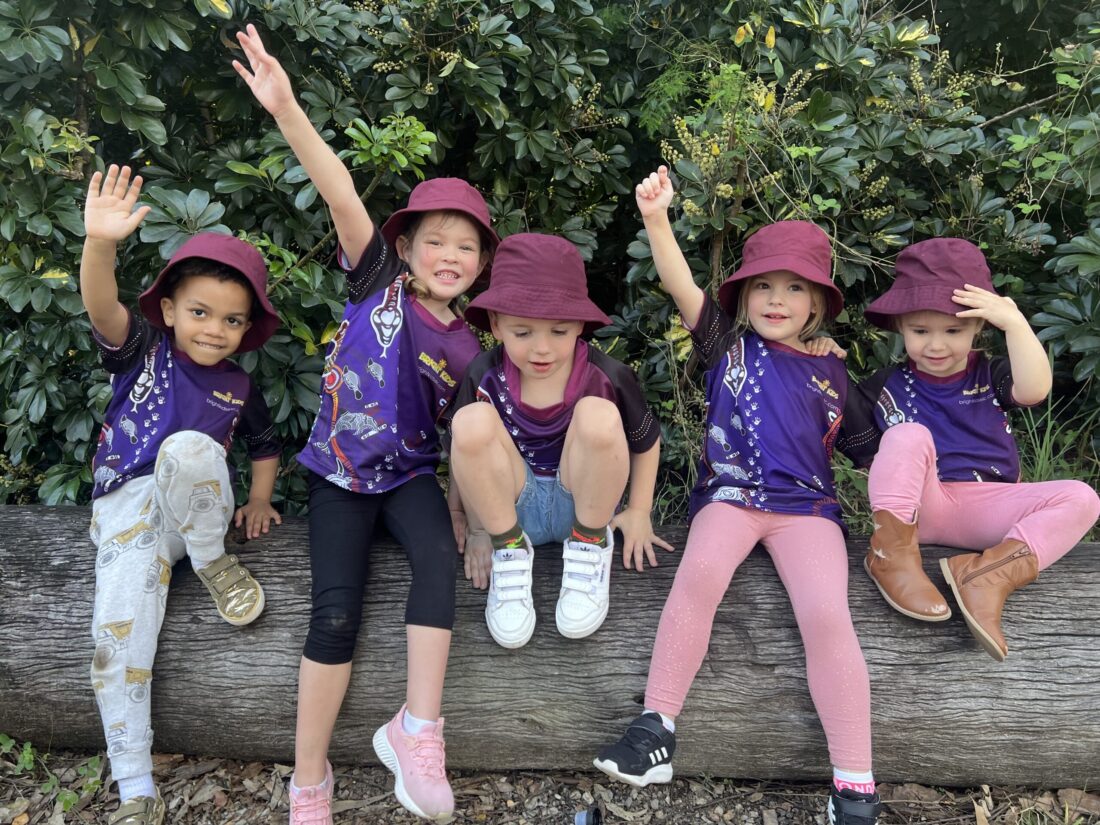We advocate mental wellness by facillitating a resilience program and modifying it to every age group, so managing big emotions for little people is what we do best!
The first step is to teach children that ALL emotions are ok. We need to feel them to heal them, so it’s not about ignoring them, it’s about identifying them in order to dissolve them and redirect focus onto something that feels good.
Managing our emotions is a life skill and is never too early to learn. As human beings our collective need is to be seen, feel heard and what we say matters. Children are no different. It’s about being present and really listening to what they are sharing and then paraphrasing back to them so they feel heard. Children need to be heard and understood and then consciously redirected, in order to move through their emotions.
In our group discussions we discuss different emotions, how we are feeling, what can trigger our different emotions and how to regulate them. We then pull from our Emotional Intelligent Kit and through different activities and tools from our Mindful Kids program we consciously on-teach calming tools.
Mindful Practises For Resilient Kids
What this looks like in our classroom:
- Mirror Work– We started by using a mirror and drawing our emotions we saw in the mirror to identify if we are happy, sad, or angry. Mirror work allows children to see what different emotions look like to identify what someone else is feeling by their facial expression and their body language.
- Identifying emotions in others– We extended on that activity by drawing our friends’ emotions by using a laminated sheet against our friends face and copy those emotions to the sheet. The children enjoyed this activity and it made them laugh at the other persons emotions.
- Understanding emotions– We watched a short animation called “Glad monster, Sad monster”. The main theme was about encouraging children to talk about their feelings. The different coloured monsters shared what made them feel (glad, sad, loving, worried, silly and angry). We discussed this as a collective group afterwards and then re-created our own monsters and drew the emotion on the monsters face.
- Sensory outlet– We manipulated playdough to reflect the emotion we were feeling at the time……luckily it was mostly happy faces.
Regulating Emotions
Is something that needs to be taught. First you must understand the emotion and how it feels in your body, to be able to identify how you WANT to feel, in order to regulate it. We call that mentally pivoting. Pivoting in a mental direction in which we want to travel.
In the coming months we will talk more about our feelings and what we can do to change (pivot) those feelings for the better. What you can do if you are feeling scared, annoyed, shy or frustrated.
Understanding Emotions At Home
Children get frustrated because they can’t necessarily find the words to express what they want. Here are some ways you can help your child practise recognising, naming and managing emotions:
- Give your child opportunities to explore emotions through play. You can do messy play, drawing painting, puppet play, dancing or music play. Make Feelings monsters out of play dough or paper plates.
- Use mirrors and look at facial expressions.
- Talk about the emotions of characters in books, TV shows or movies. For example, ‘Look at Bluey’s face. She looks sad’.
- Play a miming game – Choose an emotion like ‘excited’ and act it out with your child. Have them guess how you are feeling. Take turns.
- Role model how you recognise your emotions. For example, ‘When I broke that glass, I yelled loudly. Does that happen to you when you make a mistake and feel angry?’
- Help your child work out how their body feels when they’re experiencing an emotion. For example, ‘You look nervous. Have you got butterflies in your tummy?’
- Teach your child to manage strong emotions by redirecting their focus. For example make squishy stress balls by filling balloons with flour. Double the balloon before filling to increase durability. Have them squeeze the ball with every inhale and release the grip with every exhale.
- Have them count their breaths to 10 and back to zero.
- Suggest ways to use their body– for example, clap your hands when they’re excited, ask for a hug when they’re sad, or channel angry energy by getting their moving with a game of soccer .
That’s all from Miss Hannelie, Miss Sky and the Snakes (Jomgwong) children
Also please follow our Facebook and Instagram Pages and stay up to date


